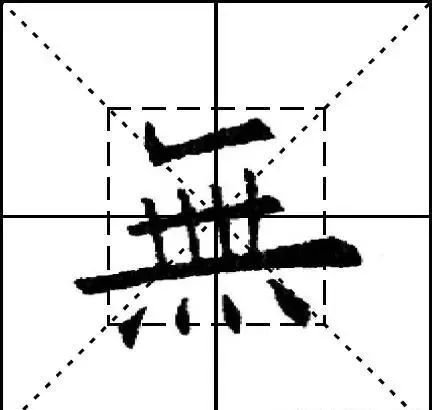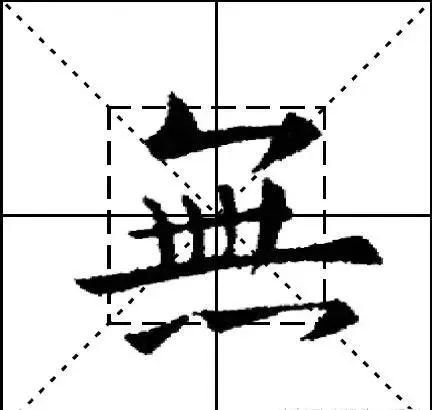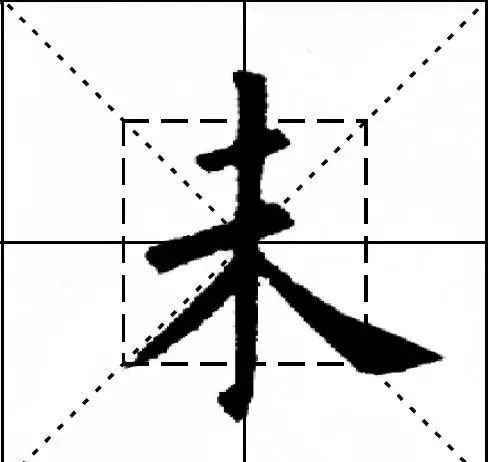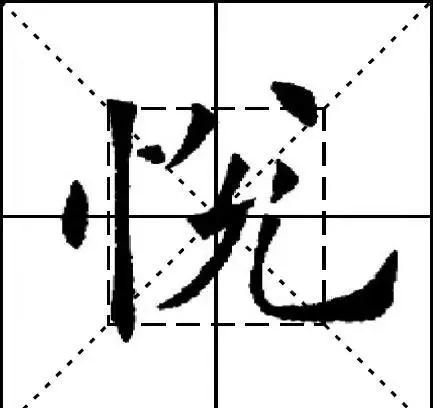(34): Each takes shape
【original】
When writing, it is better to combine them into one, or to separate them into different bodies, because they can be formed separately. As for the density, length, width, and narrowness, it should be kept in mind.
【Original meaning】
The writing of Chinese characters requires different layout requirements due to the different structures of each Chinese character. Some require the left and right sides to be integrated into one, and some require the left and right sides to deviate from each other. No matter which one is used, they are based on the specific situation of each word and are formed independently without involving each other. As for the density, size, and width of characters, the same principle applies. Each has its own characteristics and is not unified with each other, and should be treated separately.
【New Theory】
Generally speaking, words with multiple components should be written more compactly. If the older parts are separated from each other, the words will easily fall apart. However, each component of some characters has its own posture, and when combined together, the overall posture is not lost. Each character has a different situation and takes its own shape. For example, "乐" and "鹿" are beautiful when combined together, while "Le" and "明" are better when each has its own power.
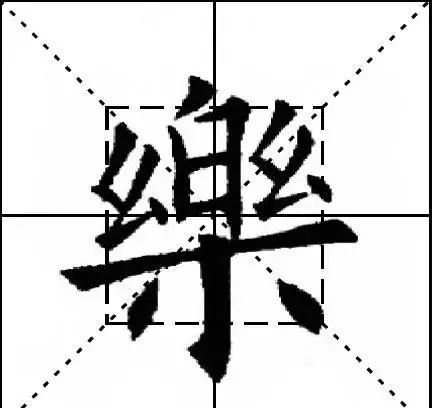
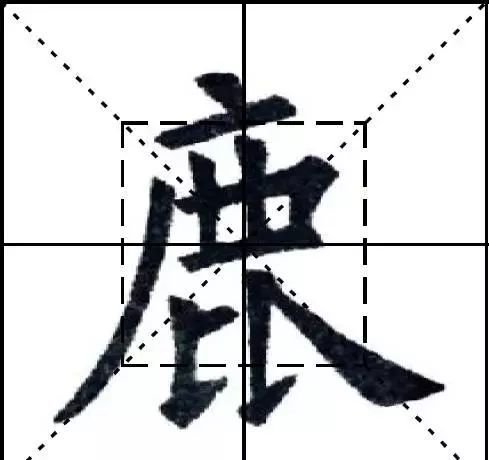
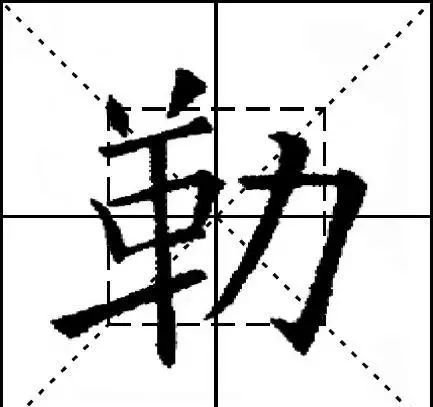
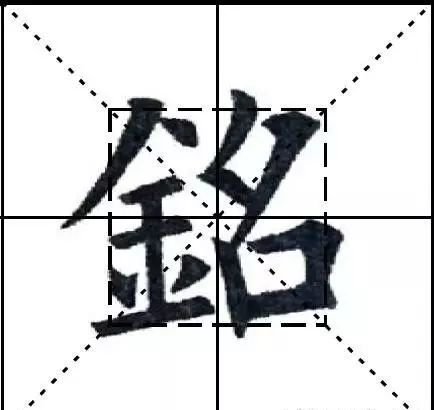
(35): Prime Minister
【original】
I want them to look at each other and not lose their position. The top wants to cover the bottom, and the bottom wants to support the top. The same goes for the left and right.
【Original meaning】
The so-called "xiangguanling" requires that when arranging the structure, full attention should be paid to the mutual response between the stipples, and they should look at each other without losing their position. This is true whether the top covers the bottom, or the bottom carries the top, or looks left and right.
【New Theory】
"Kanai" was originally a professional title of the Muromachi shogunate (started in 1336). It was originally called "deacon" and was responsible for assisting the general in managing and controlling the territory. The general's orders for local protection must be conveyed through the kuai. He leads and is in charge of many central agencies, so he can be said to be the highest administrative officer in the central government of the shogunate, managing various agencies and affairs very properly. "Xiang Guanling" means to fully consider the relationship between the dots and paintings in the structural layout, and manage them like "Guan Ling" so that they respond to each other and look after each other without losing proportion.
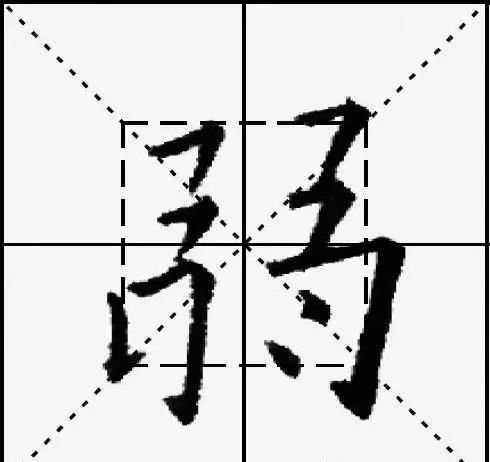
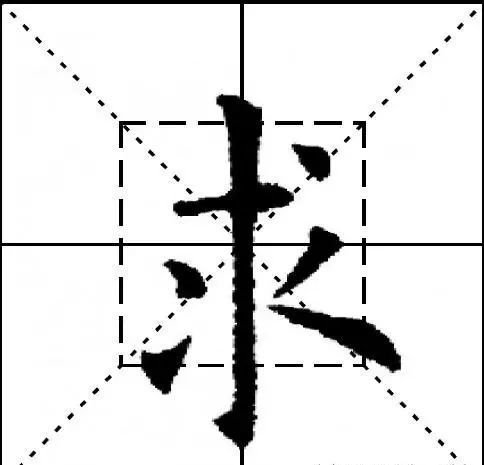
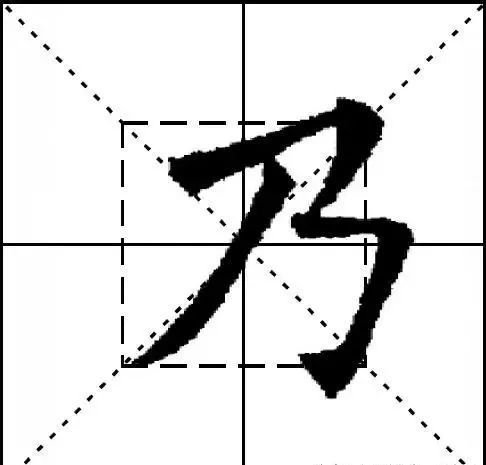
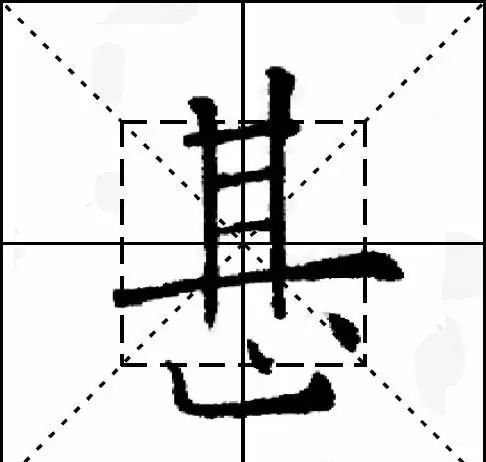
(36): answer
【original】
The stippling of characters is intended to connect with each other. Two points such as "小", "八" and "忄" correspond to each other; three points such as "糹" mean left to right, middle to up, right to left; four points such as "Ran" and "无" For characters, the two dots on both sides correspond, and the middle is connected with "灁 (continuous strokes)"; as for 丿, 乀[捺], "水", "木", "zhou" and the like.
【Original meaning】
The so-called "response" means that the instructors and painters should look after each other. For example, "小", "八", and "忄" correspond to the left and right. If the three points of "糹" are left to right, the middle is upward, and the right is facing left; the four points are like "Ran" and "无". , the two points on both sides tilt to the left and right respectively, and the four points can be connected in the middle (continuous strokes), which is also a kind of connection; as for 丿, 乀[捺], in such as "water", "wood", and "zhou" "This is also the case in words like ".
【New Theory】
"Yingchen" means to entertain and receive. The so-called "overwhelmed" means that there are too many people to entertain and receive. There are many Chinese characters with similar and corresponding strokes, such as the strokes on both sides of "小", "八" and "忄" facing each other, the dots of "糹" and "灬", and the strokes of "水" and "木". "丿" and "乀[捺]" all have a corresponding relationship. When writing, the up, down, left and right should echo each other, and the dots and strokes should be connected one after another. Only in this way can the artistic conception be lofty, the posture graceful, and the continuous gaze can also show agility.
